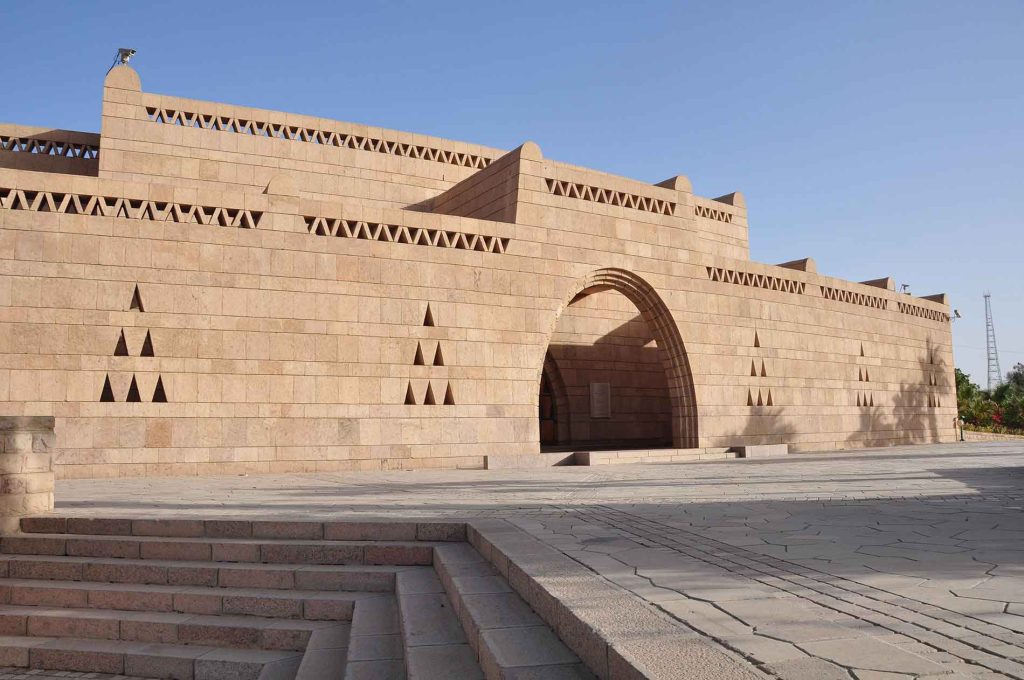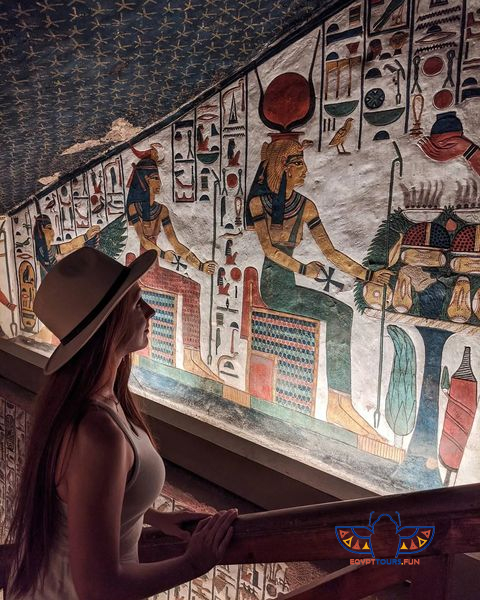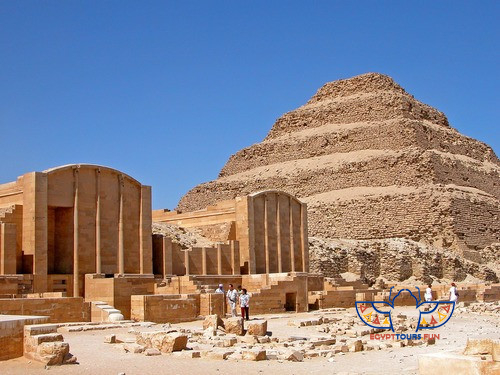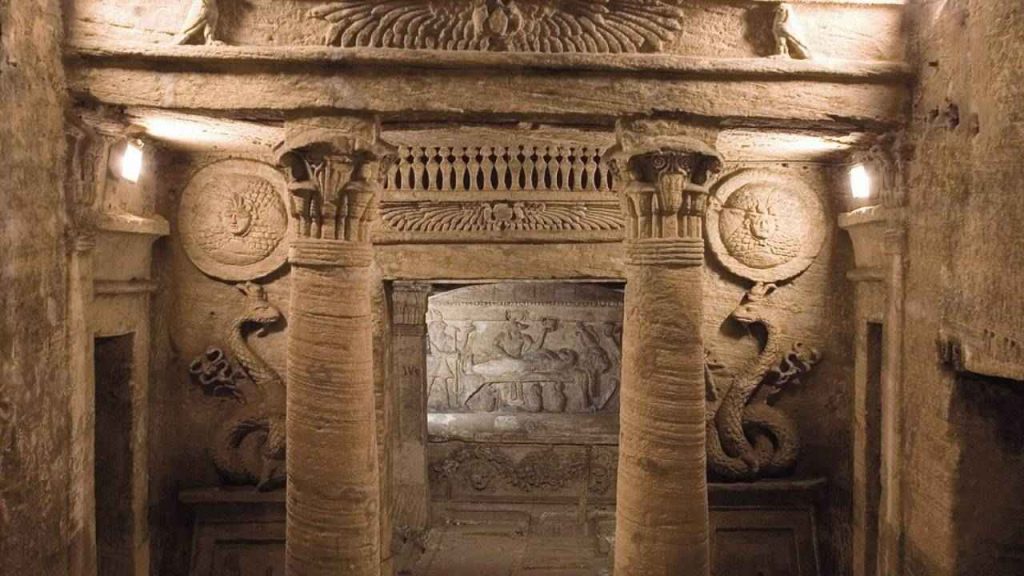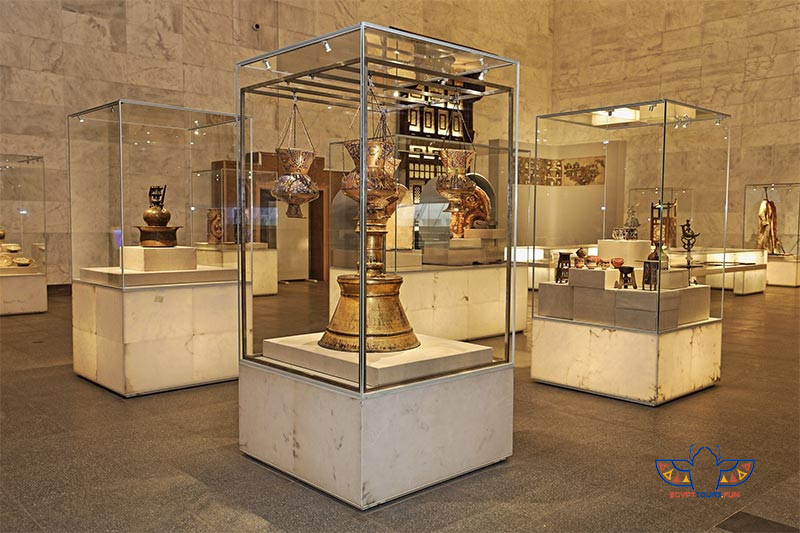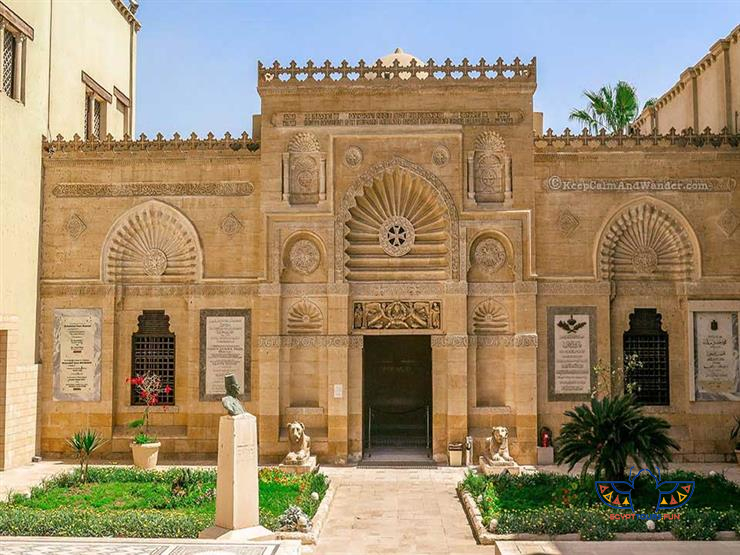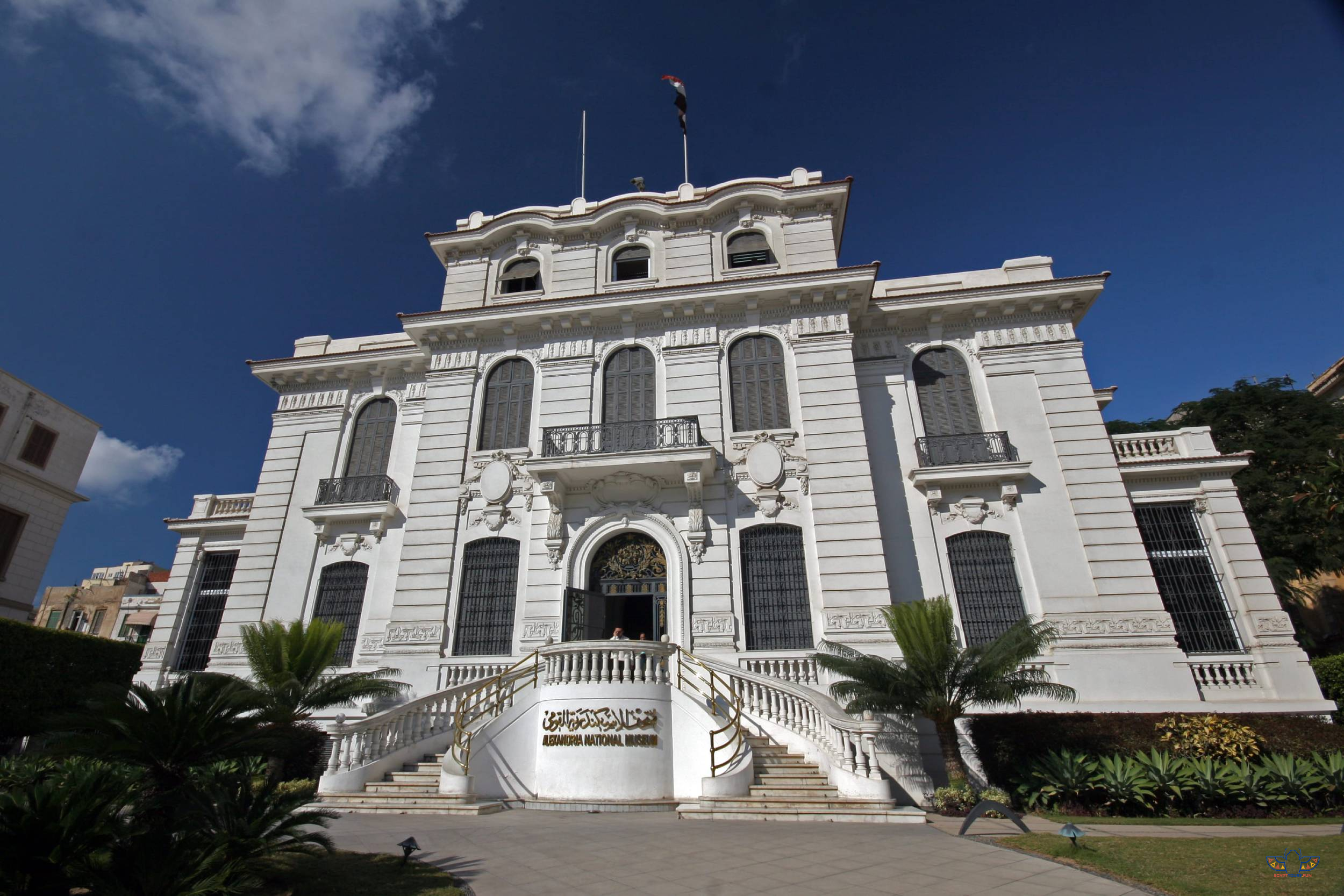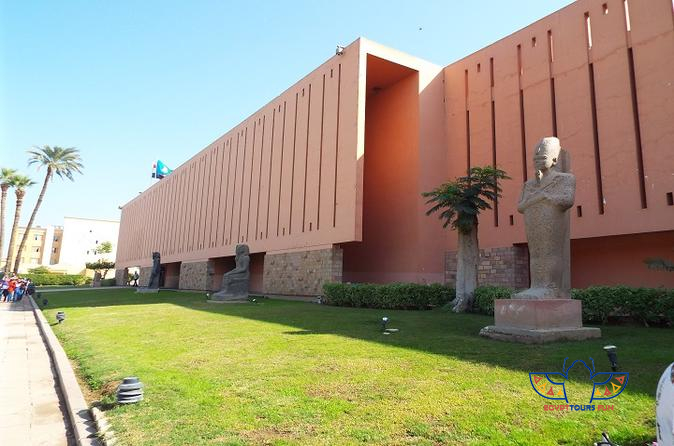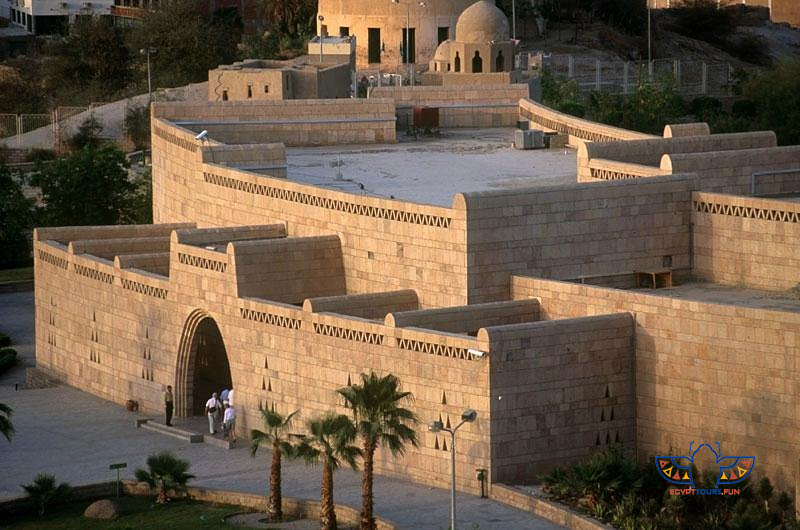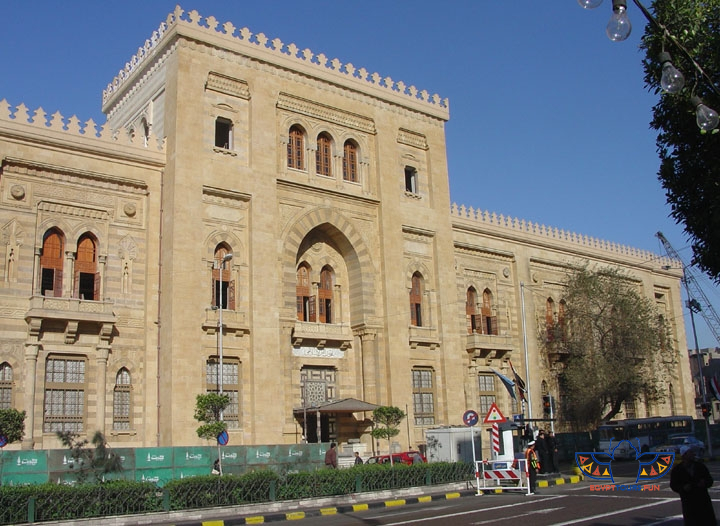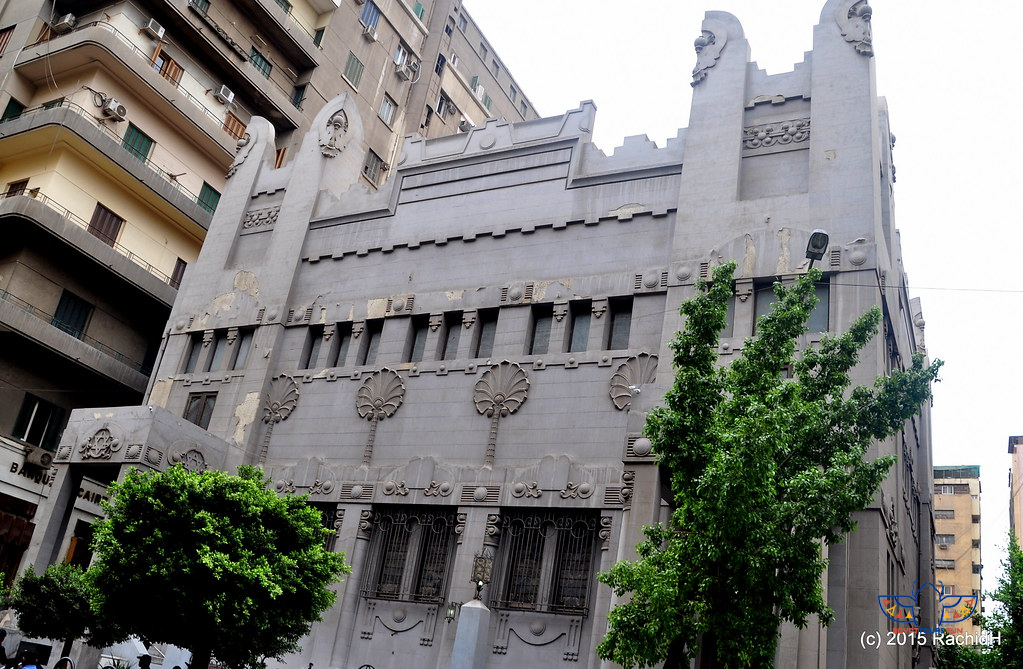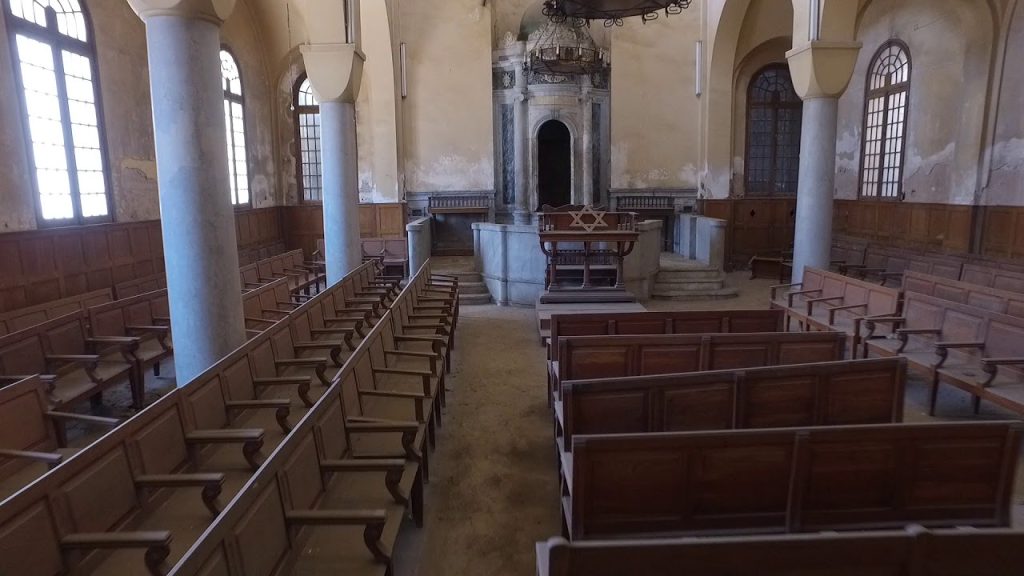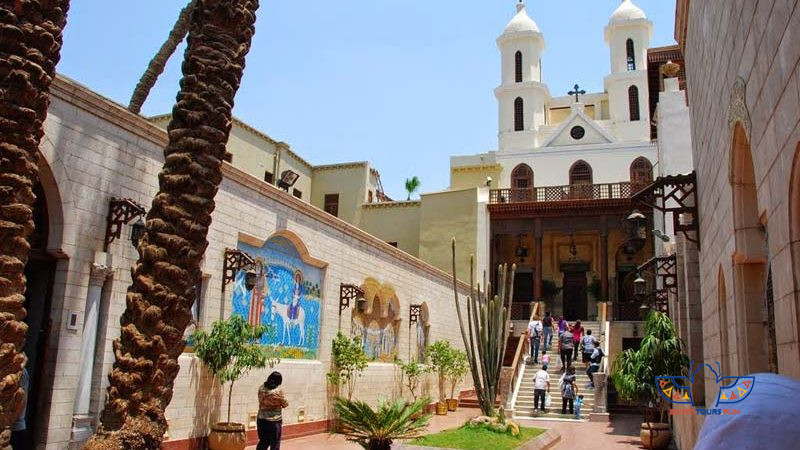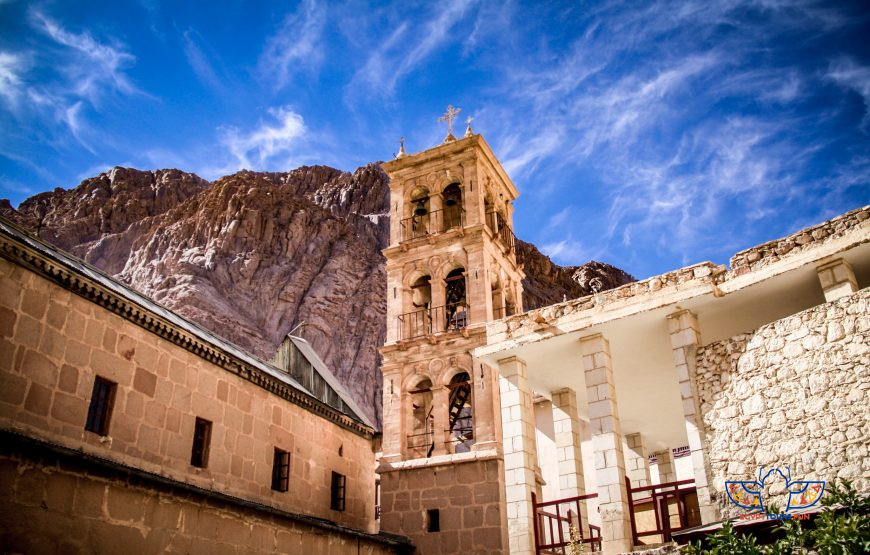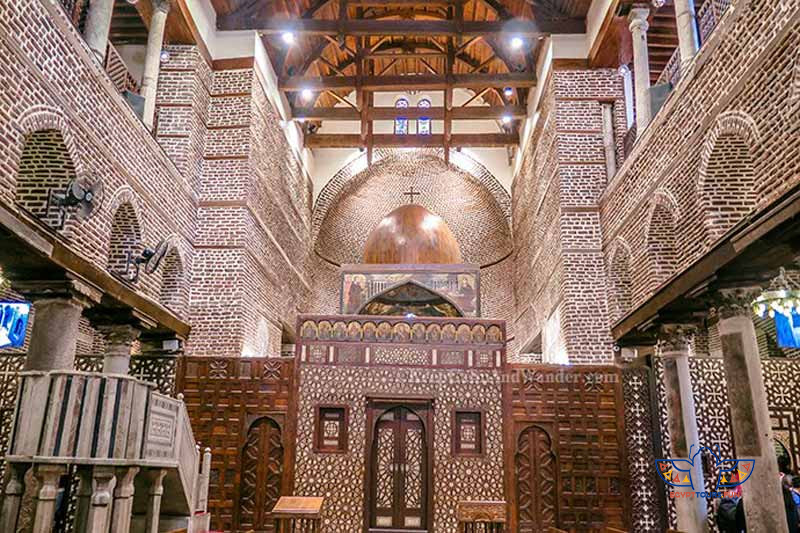The Valley of the Kings: Exploring Egypt’s Ancient Royal Burial Ground
Saqqara Tombs: A Journey Through Ancient Egypt’s Necropolis
The Most Important Ancient Egyptian Tombs: A Journey Through Egypt’s Burial Treasures
Ancient Egypt is renowned for its monumental tombs, which serve as enduring testaments to the civilization’s beliefs, artistry, and architectural prowess. These tombs, built to honor pharaohs, queens, and nobles, offer a fascinating glimpse into the afterlife and the grandeur of Egypt’s past. This article explores the most important ancient Egyptian tombs, their history, significance, and locations, targeting the most important keywords for Google Search.
1. The Pyramids of Giza: Tombs of the Pharaohs
The Great Pyramid of Khufu
Location: Giza Plateau, near Cairo.
Significance: The largest of the three pyramids, built for Pharaoh Khufu (Cheops) during the 4th Dynasty.
Features: Originally 146.6 meters tall, it was the tallest man-made structure for over 3,800 years.
Pyramid of Khafre
Significance: Built for Pharaoh Khafre, it is distinguished by the remnants of its original limestone casing at the top.
Features: Includes the iconic Great Sphinx, believed to represent Khafre.
Pyramid of Menkaure
Significance: The smallest of the three, built for Pharaoh Menkaure.
Features: Known for its intricate interior design and granite casing.
2. The Valley of the Kings: Royal Necropolis of the New Kingdom
Tomb of Tutankhamun (KV62)
Location: Valley of the Kings, Luxor.
Significance: Discovered by Howard Carter in 1922, it is the most famous tomb due to its intact treasures, including the golden mask.
Features: Small but richly decorated, with over 5,000 artifacts.
Tomb of Seti I (KV17)
Significance: The longest and deepest tomb in the valley, built for Pharaoh Seti I.
Features: Known for its elaborate carvings and vibrant wall paintings.
Tomb of Ramses VI (KV9)
Significance: Famous for its astronomical ceiling and well-preserved artwork.
Features: Contains scenes from the Book of Gates and Book of Caverns.
3. The Valley of the Queens: Tombs of Royal Women
Tomb of Nefertari (QV66)
Location: Valley of the Queens, Luxor.
Significance: Built for Queen Nefertari, the favorite wife of Ramses II.
Features: Known as the “Sistine Chapel of Ancient Egypt” for its stunning wall paintings.
Tomb of Titi (QV52)
Significance: Built for a lesser-known queen of the 20th Dynasty.
Features: Features colorful depictions of Titi with gods and goddesses.
4. The Tombs of Nobles: A Glimpse into Daily Life
Tomb of Sennedjem (TT1)
Location: Deir el-Medina, Luxor.
Significance: Built for Sennedjem, a craftsman who worked on royal tombs.
Features: Depicts scenes of daily life, agriculture, and family.
Tomb of Rekhmire (TT100)
Significance: Built for Rekhmire, a vizier during the reign of Thutmose III.
Features: Showcases detailed scenes of administrative and industrial activities.
5. The Tombs of the Middle Kingdom: Hidden Gems
Tomb of Mentuhotep II
Location: Deir el-Bahri, Luxor.
Significance: Built for Mentuhotep II, the founder of the Middle Kingdom.
Features: A unique terraced structure blending temple and tomb.
Tomb of Amenemhat III at Hawara
Location: Fayoum.
Significance: Known as the “Labyrinth” for its complex design.
Features: Originally part of a large mortuary complex.
6. The Tombs of the Old Kingdom: Early Innovations
Mastaba of Ti
Location: Saqqara.
Significance: Built for Ti, a high-ranking official during the 5th Dynasty.
Features: Known for its detailed reliefs depicting daily life and rituals.
Step Pyramid of Djoser
Significance: The first pyramid in Egypt, built for Pharaoh Djoser by Imhotep.
Features: A revolutionary design that marked the transition from mastabas to pyramids.
7. The Tombs of the Late Period: Revival of Traditions
Tomb of Petosiris
Location: Tuna el-Gebel, Minya.
Significance: Built for Petosiris, a high priest during the Ptolemaic Period.
Features: Combines Egyptian and Greek artistic styles.
Tomb of Harwa
Location: Luxor.
Significance: Built for Harwa, a high official during the 25th Dynasty.
Features: Known for its large size and intricate decorations.
Top Keywords for Google Search:
Ancient Egyptian tombs
Valley of the Kings tombs
Tomb of Tutankhamun
Pyramids of Giza
Tomb of Nefertari
Tomb of Seti I
Tomb of Ramses VI
Step Pyramid of Djoser
Mastaba of Ti
Tomb of Sennedjem
Tomb of Rekhmire
Tomb of Petosiris
Ancient Egyptian burial sites
Egypt archaeological sites
Visiting Egyptian tombs
Conclusion
The ancient Egyptian tombs are more than just burial sites; they are windows into a civilization that revered the afterlife and immortalized its rulers and nobles through art and architecture. From the towering pyramids of Giza to the hidden treasures of the Valley of the Kings, these tombs continue to captivate and inspire visitors from around the world. Whether you’re a history enthusiast, an archaeology buff, or a curious traveler, exploring these tombs is a journey through time and a celebration of human ingenuity.
By targeting these important keywords and providing detailed information, this article aims to rank well on Google Search and serve as a valuable resource for anyone interested in ancient Egyptian tombs and their enduring legacy.
Meta SEO for the Article
Title:
The Most Important Ancient Egyptian Tombs: A Journey Through Egypt’s Burial Treasures
Meta Description:
Discover the most important ancient Egyptian tombs, from the Pyramids of Giza to the Valley of the Kings. Learn about their history, significance, and tips for visiting these iconic sites.
Keywords:
Ancient Egyptian tombs
Valley of the Kings tombs
Tomb of Tutankhamun
Pyramids of Giza
Tomb of Nefertari
Tomb of Seti I
Tomb of Ramses VI
Step Pyramid of Djoser
Mastaba of Ti
Tomb of Sennedjem
Tomb of Rekhmire
Tomb of Petosiris
Ancient Egyptian burial sites
Egypt archaeological sites
Visiting Egyptian tombs
Header Tags (H1, H2, H3):
H1: The Most Important Ancient Egyptian Tombs: A Journey Through Egypt’s Burial Treasures
H2: The Pyramids of Giza: Tombs of the Pharaohs
H3: The Great Pyramid of Khufu
H3: Pyramid of Khafre
H3: Pyramid of Menkaure
H2: The Valley of the Kings: Royal Necropolis of the New Kingdom
H3: Tomb of Tutankhamun (KV62)
H3: Tomb of Seti I (KV17)
H3: Tomb of Ramses VI (KV9)
H2: The Valley of the Queens: Tombs of Royal Women
H3: Tomb of Nefertari (QV66)
H3: Tomb of Titi (QV52)
H2: The Tombs of Nobles: A Glimpse into Daily Life
H3: Tomb of Sennedjem (TT1)
H3: Tomb of Rekhmire (TT100)
H2: The Tombs of the Middle Kingdom: Hidden Gems
H3: Tomb of Mentuhotep II
H3: Tomb of Amenemhat III at Hawara
H2: The Tombs of the Old Kingdom: Early Innovations
H3: Mastaba of Ti
H3: Step Pyramid of Djoser
H2: The Tombs of the Late Period: Revival of Traditions
H3: Tomb of Petosiris
H3: Tomb of Harwa
H2: Conclusion
Alt Text for Images:
“Pyramids of Giza – Tombs of the ancient pharaohs”
“Tomb of Tutankhamun – Discovered by Howard Carter in 1922”
“Tomb of Nefertari – Stunning wall paintings in the Valley of the Queens”
“Step Pyramid of Djoser – The first pyramid in Egypt”
“Mastaba of Ti – Detailed reliefs depicting daily life”
URL Slug:
/ancient-egyptian-tombs-guide
This SEO-optimized structure ensures the article ranks well on Google Search, targeting the most important keywords and providing a comprehensive resource for readers interested in ancient Egyptian tombs and their enduring legacy.

